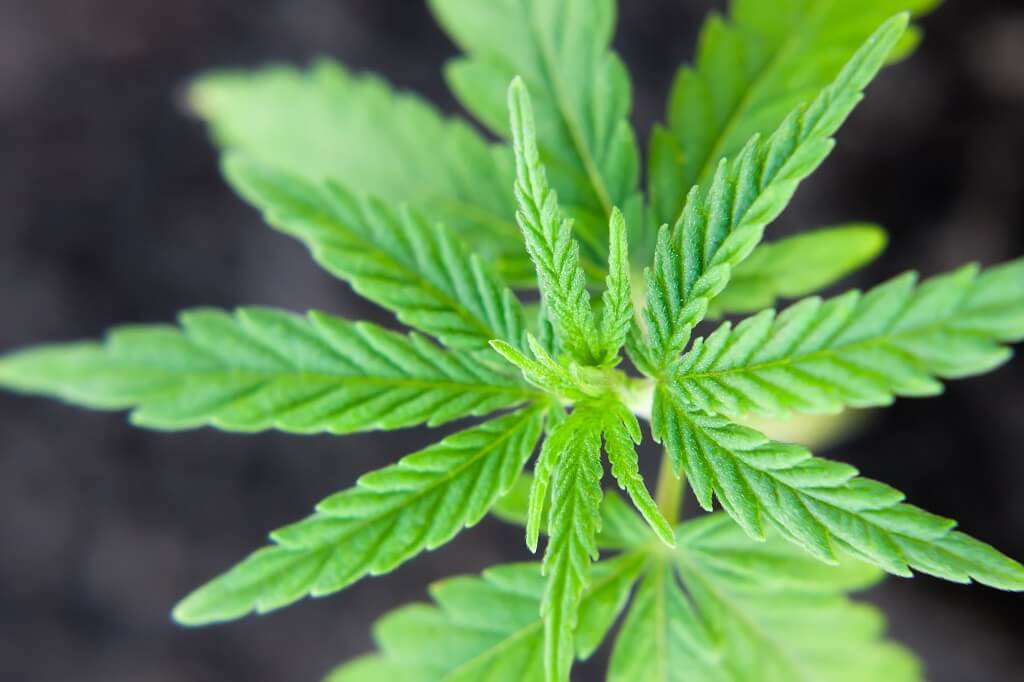The Different Types Of Cannabinoids: All You Need To Know

Saying that the cannabis plant is amazing may be an understatement. Other than its many industrial and potential therapeutic uses, a cannabis plant is said to produce more than 500 different types of chemicals, 144 of which are cannabinoids.
Cannabinoids are compounds abundantly present in cannabis, and these chemicals are said to be beneficial to the human body. Perhaps the most common types of these chemicals are cannabidiol (CBD) and tetrahydrocannabinol (THC). These two compounds are the subject of continuous studies, mainly for their medicinal properties.
Types Of Cannabinoids
When they enter the body, these cannabinoids mimic and interact with various receptors.

As such, it's perceived that the cannabinoids found in the cannabis plant can be utilized by the human body to improve multiple bodily functions.
As mentioned, there are over 144 cannabinoids produced by the cannabis plant. Some of these chemicals are the subject of ongoing research, like the following:
1. Cannabidiol
Cannabidiol is the most famous ingredient found in CBD products sold on the market. As a non-intoxicating compound with potentially high medicinal properties, it's being used to treat and manage various health issues, like the following:
- Pain relief
- Anxiety and depression
- Alleviate cancer symptoms
- Acne
- Neurologic problems
- Heart health
- Easing diabetes
- Inflammation
- Epilepsy
CBD was discovered in the 1960s. Since then, governments have been more lenient of CBD-infused products. This is why The Other Path CBD and other manufacturers have a vast array of these items in various forms–from edibles to topical products.
Moreover, the market for cannabidiol has grown exponentially since a few years ago. In fact, the sector's global value is pegged at USD$ 2.8 billion in 2020, owing to the growing demand for health and wellness products. The CBD market is expected to increase at 21.2% compound annual growth rate (CAGR).
2. Tetrahydrocannabinol (THC)
THC is the most abundant substance found in most cannabis varieties, and it's also famous for having intoxicating properties. Because of this, most states still prohibit the use of recreational cannabis.
However, even if it's prohibited and intoxicating, THC still has potential medicinal properties. Because THC is a phytocannabinoid, which interacts with the human body's endocannabinoid systems, it may be beneficial for persons suffering from the following issues:
- Pain
- Muscle spasms
- Anxiety
- Arthritis
- Low Appetite
- Insomnia
- Glaucoma
- Nausea
CBD and THC are the most dominant compounds, with the former comprising up to 25% found in the plant and up to 30% for the latter.
The main difference between THC and CBD is that the former has an intoxicating effect while the latter doesn't. As a result, THC can produce a euphoric feeling, while CBD can't make you feel ‘high.' Also, in the United States, the use of medicinal CBD use is permitted in some states, provided that these products contain less than 0.3% THC.
3. Cannabigerol (CBG)
This chemical is similar to CBD in terms of its effects on the body, which means it doesn't produce a euphoric feeling. As a non-psychotropic compound, it can be used in the same way as CBD. Still, the same with CBD, more research is needed to validate its therapeutic effects.
This compound starts as cannabigerolic acid (CBGA). It loses acidity once it's heated, for instance, when a user lights up the cannabis before smoking it.
4. Cannabinol (CBN)
Another minor active compound found in cannabis is the chemical known as cannabinol (CBN). This is a mild psychoactive chemical that can develop from THC acid.
When cannabis leaves are left unused for long periods, or when it's exposed to ultraviolet (UV) light, THC acid is converted to CBN acid. While CBN may share THC's mild psychoactive effect, it's also thought to have CBD's perceived therapeutic, anti-inflammatory, and anti-bacterial properties.
Moreover, cannabinol is thought to positively impact the immune system and reduce pain, but it hasn't been studied in humans. Research is ongoing on whether it may be used to stimulate appetite, promote sound sleep, relieve pain, and boost the immune system.
5. Cannabichromene (CBC)
CBC is another cannabinoid that shares its non-psychotropic effects with cannabidiol (CBD). It's said to interfere with the body's ability to break down chemicals, such as anandamide and 2- arachidonoylglycerol (2-AG). These ‘twin chemicals' are considered feel-good molecules, and taking CBC is said to promote its production. As such, it's believed to help combat depression.
As with other therapeutic claims of cannabinoids, more research is needed to establish CBC's efficacy.
The Wrap Up
Cannabinoids are compounds that may be beneficial to the human body. Although often marketed as a health and wellness product, the therapeutic claims of cannabinoids are still subject to debate among experts in the scientific field.
Because it's relatively well tolerated by the body, many people run to these cannabinoid-containing products to manage various symptoms. As with other health products though, it's imperative to ask your doctor before using them.
839GYLCCC1992



Leave a Reply